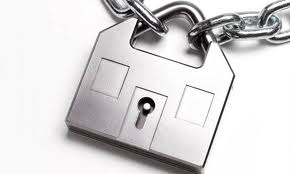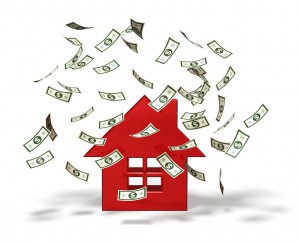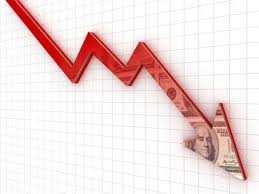One of the most important terms you’ll come across when shopping for a mortgage is APR, or annual percentage rate. But what exactly does it mean?
Simply put, APR is a way of indicating the real cost of a mortgage, expressed as an interest rate. While the regular interest rate is the first thing most people look at when pricing a mortgage, the APR also takes into account the closing costs and other fees that are built into a loan.
When you take out a home loan of any sort, whether you’re buying a home, refinancing a mortgage or taking out a home equity loan, the interest rate is not necessarily a good indication of what you’re paying for the loan. Many lenders will offer low “teaser” rates to draw borrowers’ attention, but add in so many additional fees that it ends up costing more than a loan with a higher interest rate but fewer fees.
How APR works
The APR is an effort to level the playing field by rolling those fees into the cost of the loan. In essence, the APR is the interest rate that would produce the same monthly payment on a mortgage with zero fees as a mortgage at the stated rate with the fees included in the loan.
For example: Suppose you take out a 30-year fixed-rate mortgage for $200,000 at 4 percent interest with $6,000 in closing fees (the size of the down payment doesn’t matter). Including the $6,000 in fees in the loan, that means you would borrow a total of $206,000 at 4 percent interest, giving you a monthly mortgage payment of $983.48, not counting homeowner’s insurance, taxes or other expenses typically billed along with the mortgage itself.
On that mortgage, your APR would be 4.2168 percent. That’s the interest rate that would produce a monthly payment of $983.48 on a $200,000 mortgage with no fees. Basically, it’s what it would cost you to borrow your closing fees at the same rate as the rest of the mortgage.
By law, a lender has to disclose the APR when you apply for a mortgage. It will appear on the Truth in Lending Act form you receive when applying.
Using APR to compare loan offers
An additional 0.2168 percentage points isn’t too bad in terms of closing costs. But suppose that same mortgage features $12,000 in closing costs? That would give you an APR of 4.4716 percent – your closing costs are equal to nearly an additional half a percent in interest. That’s a pretty significant increase.
The APR is designed to let you make an “apples-to-apples” comparison between two different mortgages with different interest rates and fees. So a mortgage with an interest rate of 4.125 percent and an APR of 4.391 percent would appear to be a better deal than another loan with an interest rate of 4.0 percent but an APR of 4.462 percent.
APR Shortcomings
While the APR is a useful guide to comparing the cost of different mortgage options, it’s not completely fail-safe. For one thing, it’s based on paying off the mortgage over the full amortization term – but most people either sell their home or refinance their mortgage at least once before their mortgage is paid off. So that can throw off the calculation.
Discount points are a way of buying a lower interest rate by pre-paying some interest at the time of closing. Buying points can make financial sense if you have the mortgage for a long time, but aren’t such a good deal if you sell the home or or refinance within a few years.
In general, a mortgage with higher fees but a lower interest rate becomes more attractive the longer you have the loan, because you have more time for the savings from the lower rate to accumulate.




